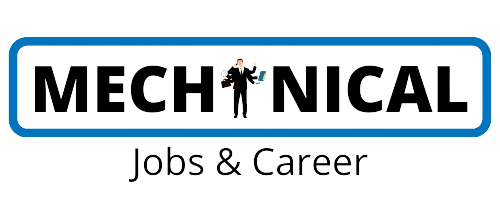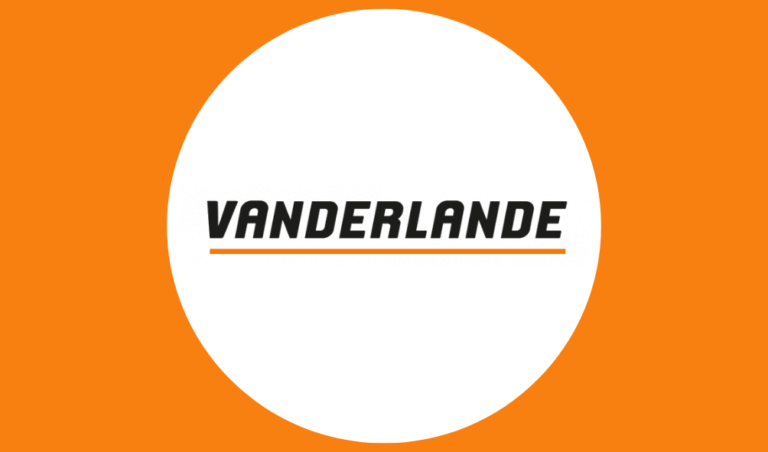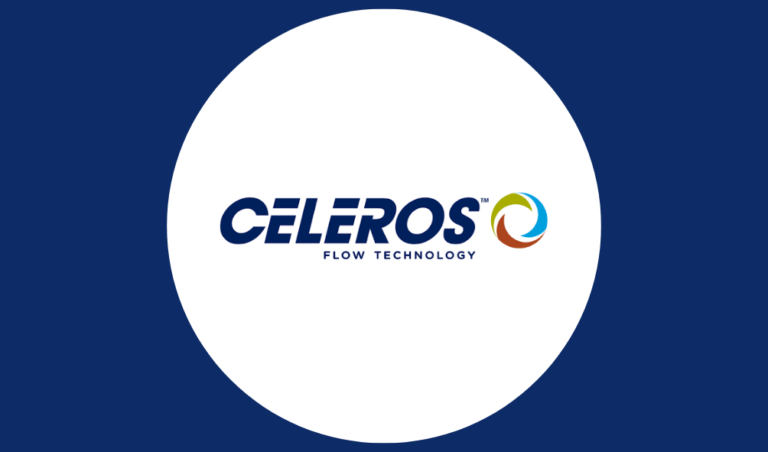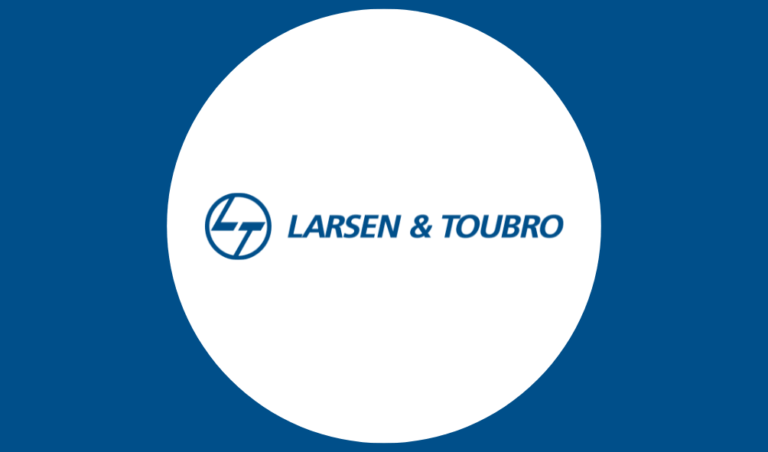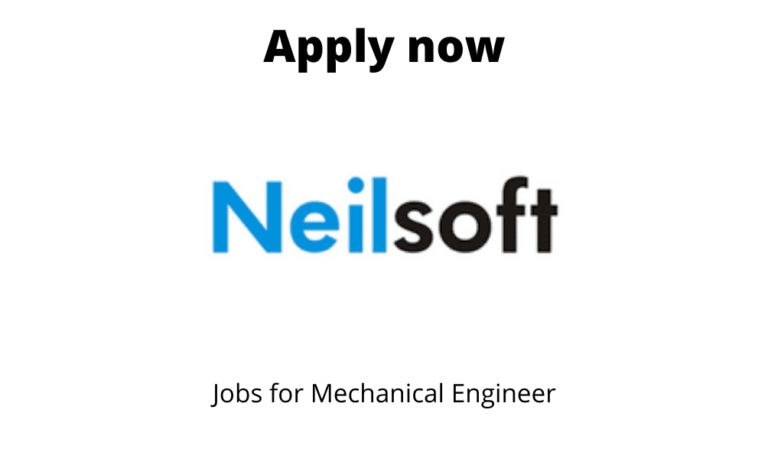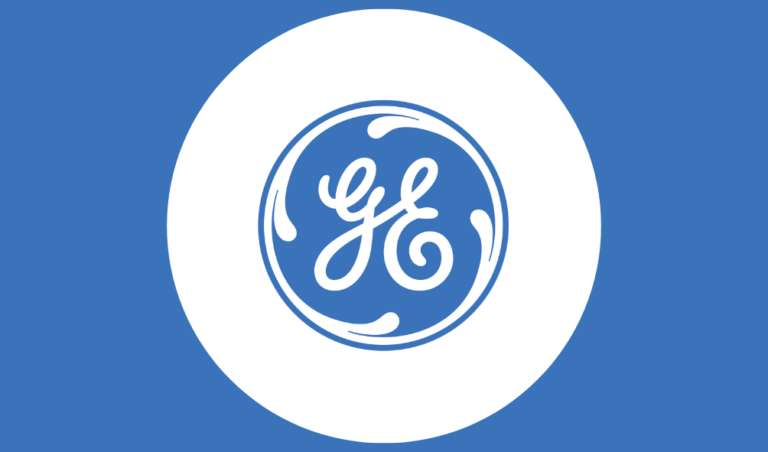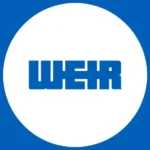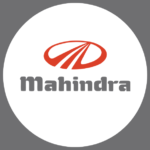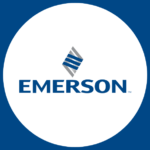Cummins Inc. is Hiring | Multiple Openings |
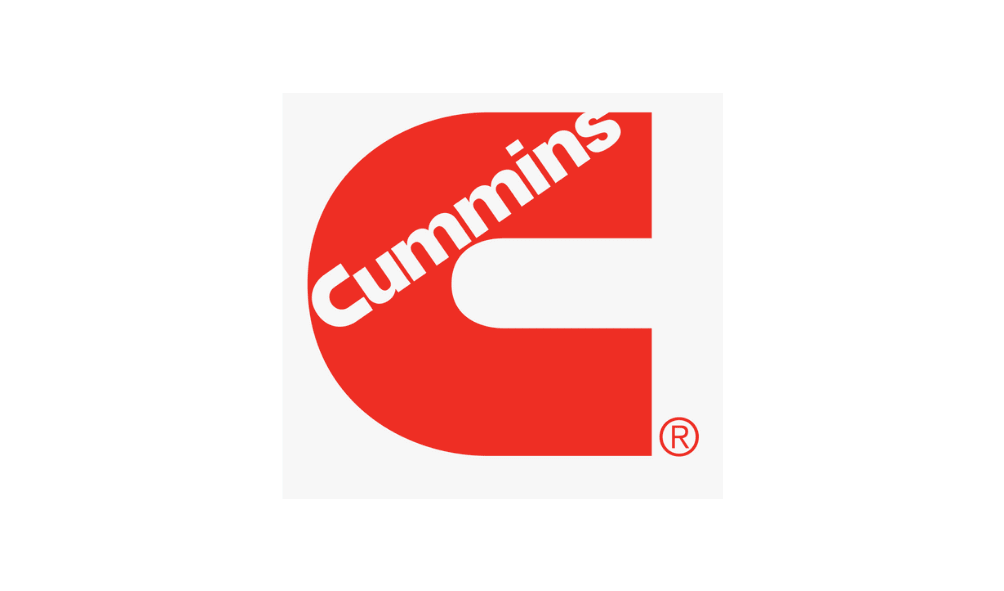
Position – Mechanical systems engineer
Company – Cummins Inc.
Location – Pune, Maharashtra, IN
Job description
Mechanical systems engineer–2100032L
Description
- This applied science position conducts numerical computations via third party and in-house tools to determine structural performance of components and systems. The results from the computer models are used to determine the validity of the design to meet the customer requirements. Design recommendations are then provided as needed.
- Investigates product and system problems, understands causal mechanisms, recommends appropriate action, owns problem resolution and documents results with guidance from more experienced team members
- Main focus is on the execution and improvement of established processes primarily documented in detailed local and global work instructions (EPs) that are required in Engineering Standard Work (ESW) and/or Design Validation Plans (DVP&R). This is accomplished through standard, as well as development of specialized computational tools and methods that are required to support the Design and Validation processes and enable high confidence decision making.
- Obtains input from Design, Thermal Sciences, Materials and Product Validation and delivers computer models and results for key structural performance parameters like motion, load, natural frequencies, stress, design margin, life, sound power to Design and Product Validation.
- Uses formal training like Statics, Dynamics, Machine Design, Mechanics of Materials, Failure Analysis, Engineering Materials and others along with tool specific training (ANSYS, FE-Safe, GT, AVL) to make Design decisions based on numerical predictions of structural performance of components and systems.
- Owns problem resolution for moderately complex components, products, systems, subsystems or services with a greater degree of technical complexity and ambiguity over the entry level engineer level and with greater accountability to the project team.
- Provides independent execution of established work processes and systems, while still developing technology or product knowledge; engages with the improvement of systems and processes.
- Involves minimal direct management of people, but could involve the coordination and direction of work amongst technicians and/or temporary student employees.
- Contributes effectively toward team goals, exhibits influence within a work group and continues to develop proficiency in the competency areas critical to success in the role.
Qualifications
Skills
- Applies Principles of Fatigue and Durability – Determines life of components and systems via numerical modeling and/or physical measurements; evaluates component temperatures, natural frequencies, mode shapes, displacements, strains/stresses, wear, and fatigue life to draw conclusions that influence design decisions with internal and external customers.
- Applies Principles of Noise and Acoustics – Determines the acoustic behavior of components and systems via numerical modeling and/or physical measurements; evaluates both air and structure borne noise, sound power levels, sound quality, flexible body motion, and natural frequencies to draw conclusions that influence design decisions with internal and external customers.
- Applies Principles of Dynamics and Vibration – Determines motion of components and systems via numerical modeling and/or physical measurements; evaluates rigid and flexible body motion, natural frequencies, mode shapes, displacements, velocities, accelerations, friction, and wear to draw conclusions that influence design decisions with internal and external customers.
- Product Systems Modeling and Analysis – Impacts product design decisions to best meet stakeholder’s requirements through the utilization and interpretation of numerical tools and methods that predict the performance of a component or system.
- Systems Modeling and Simulation – Identifies representation of a system or system element by using suitable analytical tools and techniques in order to derive knowledge about the real system; defines the strategy for modeling, simulation, and analysis of a system or system element by considering specifics of a given situation or nature of the system of interest in order to derive insights for making quality decisions.
- Product Problem Solving – Solves product problems using a process that protects the customer; determines the assignable cause; implements robust, data-based solutions; and identifies the systemic root causes and recommended actions to prevent problem reoccurrence.
- Applies Principles of Statistical Methods – Analyzes technical data using descriptive statistics, probability distributions, graphical analysis, and statistical inference (population and sample, confidence intervals, and hypothesis testing); models relationships between response and independent variables using analysis of variance, regression, and design of experiments to make rigorous, data-based decisions.
- Decision quality – Making good and timely decisions that keep the organization moving forward.
- Drives results – Consistently achieving results, even under tough circumstances.
- Collaborates – Building partnerships and working collaboratively with others to meet shared objectives.
- Communicates effectively – Developing and delivering multi-mode communications that convey a clear understanding of the unique needs of different audiences.
- Self-development – Actively seeking new ways to grow and be challenged using both formal and informal development channels.
Education, Licenses, Certifications
- College, university, or equivalent Bachelor’s degree in Engineering or other relevant technical disciplines is required. Post-graduate (Master’s) degree relevant to this discipline area may be required for select roles.
- This position may require licensing for compliance with export controls or sanctions regulations.
Experience
- Prior entry level engineering equivalent work experience in a relevant discipline area is required.
- Preferred candidates would have a mix of experience using MS Office tools, Matlab, Python, APDL-ANSYS, FORTRAN or C programming,
- Windows/Linux operating systems, and desktop/remote high performance computing hardware systems.
- This position is for the Dynamics team within EBU applied mechanics. Work will be focused primarily on the upper power cylinder components – piston, piston rings, pin, con rod. Also expected flex over to other components – cranktrain, geartrain and valvetrain as needed.
- User level knowledge of ANSYS is necessary. Experience with other softwares like MATLAB, GT, AVL will be beneficial.
- Good sound understanding in the area of solid mechanics is a key requirement for this role.
Position – PRODUCT DESIGN ENGINEER-SENIOR
Company – Cummins Inc.
Location – Pune, Maharashtra, IN
Job description
PRODUCT DESIGN ENGINEER-SENIOR–210002FI
Description
This product focused postion applies knowledge of engineering principles and design practices to create optimized design concepts and mechanical design specifications considering application, cost, weight, performance, reliability, durability, manufacturing, assembly, and serviceability. This role effectively communicates the capability of a design concept to meet cross-functional requirements including assessment of alternative and competitive design concepts, and works effectively across cross-functional disciplines to develop corporate and customer requirements including those required to resolve product issues.
Investigates Value Package Introduction (VPI) program team or field-based issues, understands causal mechanisms, recommends appropriate action, owns problem resolution from a design perspective, while documenting results with guidance from more experienced team members.
Applies and supports the execution of processes such as Critical Design Decisions, System Design and Validation Consideration Checklist, Design Review, and tools such as iDFMEA, DVA, GD&T, CREO, ANSYS Workbench required to enable high quality component and subsystem-level design decision making and design refinement.
Obtains input and negotiates with cross-functional and cross-discipline technical experts and senior-level designers to communicate the component and subsystem design intent through a thorough Design Review package to the Product Preceding Technology, (PPT), Value Package Introduction (VPI), or Value Package Change Request (VPCR) team requiring a such holistic assessment of various design concepts.
Supports design decision making in the areas of concept selection, concept optimization, and design specifications that impact customers targeted to be served by a given Product Preceding Technology, (PPT), Value Package Introduction (VPI), or Value Package Change Request (VPCR) initiative.
Owns problem resolution for moderately complex components, products, systems, subsystems or services with a greater degree of technical complexity and ambiguity over the entry level engineer level and with greater accountability to the project team.
Provides independent execution of established work processes and systems, while still developing technology or product knowledge; engages with the improvement of systems and processes.
Involves minimal direct management of people, but could involve the coordination and direction of work amongst technicians and/or temporary student employees.
Contributes effectively toward team goals, exhibits influence within a work group and continues to develop proficiency in the competency areas critical to success in the role.
Qualifications
Skills
Cross-Functional Design Integration – Translates the value package requirements that include the voices of many stakeholders into virtual designs, and communicates the capability of the design through an approved cross-functional design review.
Mechanical Design of Mechanical Systems – Acquires and applies an in-depth understanding of mechanical systems through working knowledge that guides a designer’s ability to create innovative and sound design concepts to meet Cummins and customer expectations; designs for requirements of all lifecycle stages by considering the customer requirements in different operating environments to ensure a robust system.
Mechanical Design Specification – Creates complete specifications in the form of solid models, configured engineering bill of materials and detailed drawings that cross-functionally communicate the information required to manufacture and inspect a product per its design intent; considers national, international, industry, and Cummins’ standards that accurately and concisely define the part specification.
Mechanical Design Modeling and Analysis – Creates Computer Aided Design models in accordance with Cummins’ standards to represent architectural or product level system design concepts, and to enable completion of various system-level computer analyses such as Dimensional Variation Analysis and Finite Element Analysis.
Product Problem Solving – Solves product problems using a process that protects the customer; determines the assignable cause; implements robust, data-based solutions; and identifies the systemic root causes and recommended actions to prevent problem reoccurrence.
System Requirements Engineering – Uses appropriate methods and tools to translate stakeholder needs into verifiable requirements to which designs are developed; establishes acceptance criteria for the system of interest through analysis, allocation and negotiation; tracks the status of requirements throughout the system lifecycle; assesses the impact of changes to system requirements on project scope, schedule, and resources; creates and maintains information linkages to related artifacts.
Product Platform Planning and Architecting – Creates and develops a holistic product platform including key architectural feature and function variants needed to align with market level product plans of future target markets; generates alternative architectures traceable to the requirements and performs trade-off analysis in collaboration with life-cycle stakeholders to ensure a balanced and optimum platform; communicates and maintains traceable information and plans executed by product development teams.
Decision quality – Making good and timely decisions that keep the organization moving forward.
Drives results – Consistently achieving results, even under tough circumstances.
Collaborates – Building partnerships and working collaboratively with others to meet shared objectives.
Communicates effectively – Developing and delivering multi-mode communications that convey a clear understanding of the unique needs of different audiences.
Self-development – Actively seeking new ways to grow and be challenged using both formal and informal development channels.
Education, Licenses, Certifications
- College, university, or equivalent Bachelor’s degree in Engineering or other relevant technical disciplines is required.
- This position may require licensing for compliance with export controls or sanctions regulations.
Experience
- Prior entry level engineering equivalent work experience in a relevant discipline area is required. Knowledge of MS Office and CREO tools is preferred
